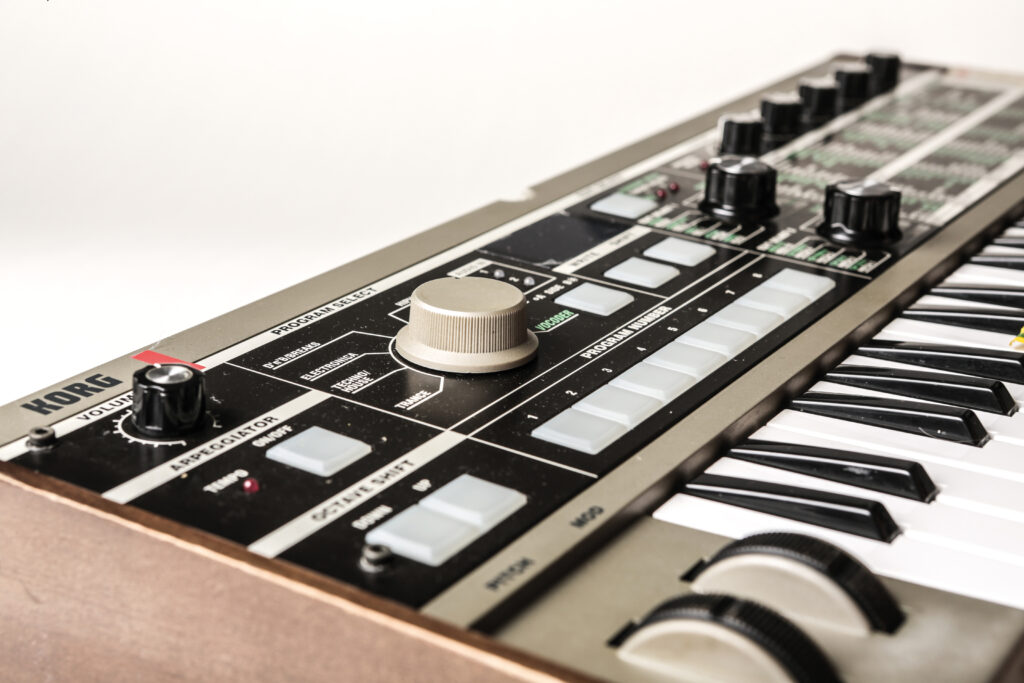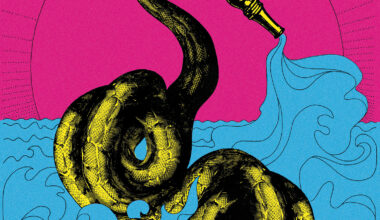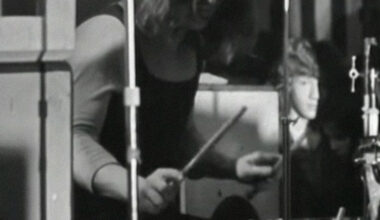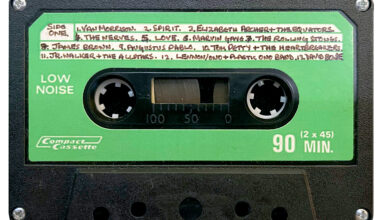Happy birthday to you… we celebrate 15 years of Korg’s game changing little synth, the microKORG, with its creator Minoru Koike

It might seem odd to be celebrating a 21st century synth, but the microKORG was launched 15 years ago. That’s getting on for an entire generation. It’s not unlike getting misty eyed in 1993 for the Roland Jupiter-4, which was launched in 1978. And, like those late-70s synths, this little beauty arguably played a central role in a major shift in the musical landscape. Tiny, affordable, powerful and fun, it reinserted the electronic sound into rock. After the decade of sonic divide between Britpop and dance music, it was time for the likes LCD Soundsystem and their synthy blurts to straddle the divide, and it was even spotted in use by those analogue synth pioneers, Devo. What’s more, the microKORG had a vocoder incorporated. Daft Punk were indeed playing at my house, my house.
There’s no doubt about it, the 70s and early 80s was the era of the synthesiser explosion. It’s chocka with launches of classic synths, from the EMS machines of the very early 70s, which Eno and Floyd popularised, to the mass market efforts by the Japanese manufacturers. Roland ruled the roost with their Jupiter series, the Jupiter-4 first appearing on albums by Kraftwerk and The Human League in the late 70s, with the Jupiter-8 later becoming the must-have kit for the synthpop age. Yamaha had their Stevie Wonder machine, the mammoth CS-80, and on the affordable end of the scale, Roland hit a home run in 1982 with the SH-101 (which came with an optional handgrip and strap buttons for prancing around with), while Korg’s MS-20, launched in 1978, was the choice of experimentalists like Coil, DAF and Liaisons Dangereuses for a good few years.
But as the world succumbed to the microchip, the advent of sampling and digital synths lead to a rapid development of features and capability through the 80s and 90s, which was superseded by software synths in the late 90s and 2000s. While hardware synths had become incredibly sophisticated, they didn’t seem to inspire the kind of affection afforded to their increasingly scarce and collectable ancestors. They tended to be workstations which, as the name suggests, were reliable and versatile… and boring. So when the microKORG came along it did two things; it reinstated the market for small entry level, affordable and fun synths, and it sounded amazing.
“Some guitar bands at the very beginning of 21st century began to introduce an essence of electronic music to their sound,” explains Minoru Koike, who worked in Korg’s product planning department, and came up with the concept for the microKORG. “I felt that we needed a small, lightweight, and handy synth for those bands. Not just electronic musicians, but also guitarists, bassists, whoever wanted to have electronic sounds in their music. That was the idea at the very beginning.”
Minoru started work on the microKORG straight after he completed the development of the MS2000, a polyphonic analogue modelling synth that launched in 2000. The MS2000 was a purposeful echo of the MS series, and it’s no surprise that the powerful guts of that synth found their way into the microKORG. But despite analogue modelling having been well established, the design process for the new machine took two years from the initial idea to completion. One of the microKORG selling points was the ease of use. With just five control knobs, even the most techphobic muso could soon get to grips with it, but it wasn’t easy to design.
“The engineers in my team had a tough time to make a handy, easy-to-use synth,” says Minoru, “including figuring out what parameters should be on the five knobs as the default setting. Also, the engineer-in-chief had the added difficulty of making it for an affordable price.”
When it did come out, it cost under £400, and now you can snag a new one for less than £300. When the microKORG launched, Minoru went straight onto a new project that became the Electribe Mix. After a few years, he says, he found that microKORG were “everywhere”.
“They were being used by everyone from young pro/amateur musicians, to top artists’ live rigs and in studios. I was really surprised and pleased. Our baby giant is really loved by many people!”
Does Minoru have any theories as to why it’s been such a long-running success, with over 100,000 units sold?
“This is MY question!” he laughs. “Why do you think? Looking back now, it was a bread and butter machine. I mean, the microKORG was a normal, basic synth: not too many gimmicks, an ordinary two-oscillator, one filter, one amp synth engine, with three-octaves of mini-keys. Four-voice polyphony wasn’t powerful even at that time, but it covers all basic things you need from a synth, and you can get in deeper if you needed to. Maybe the only special thing was its size. It’s handy and was easy to carry, but it’s not a toy. I think of it as a Little Giant. Perhaps this was the key to it being such a long seller.”





